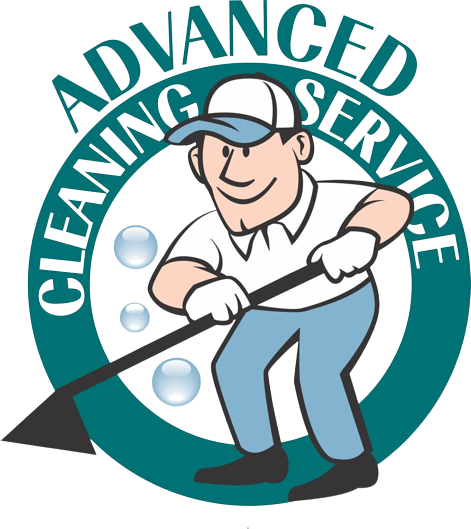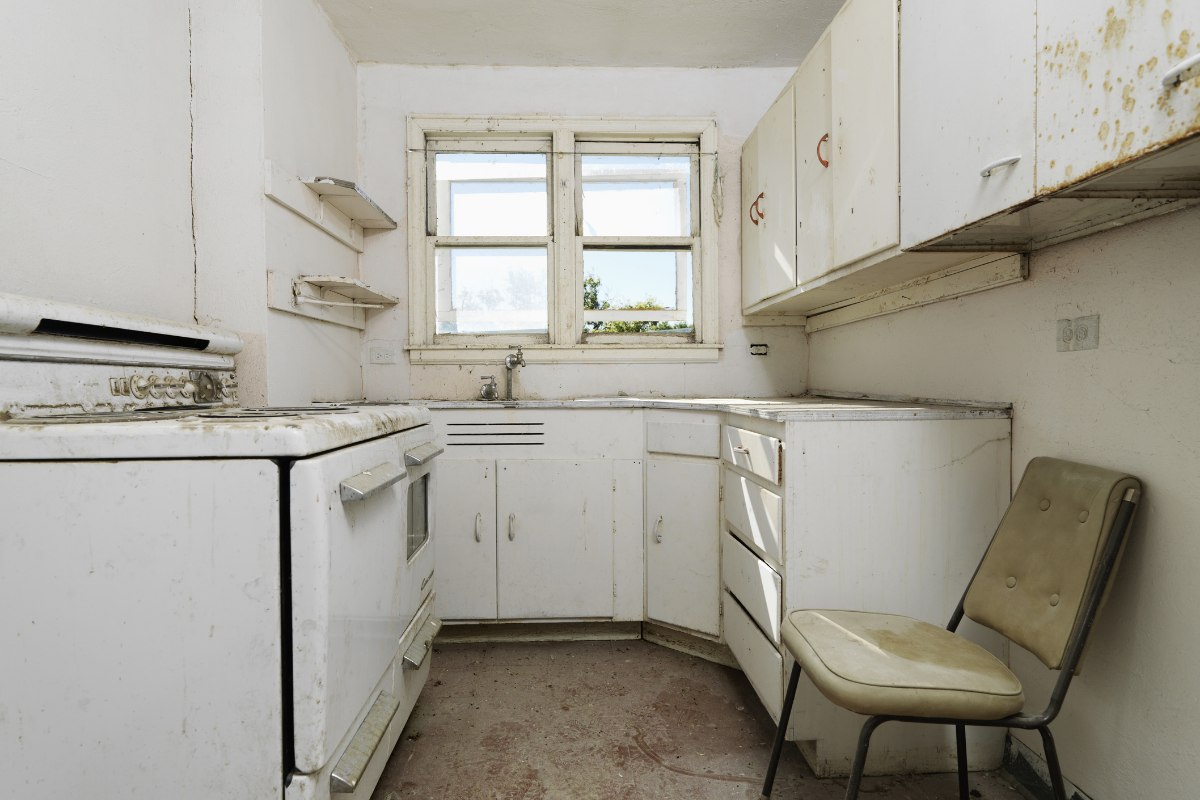Needless to say, frequently touched and used surfaces in our homes and workplaces can get pretty gross. In addition to the general ick-factor, these dirty surfaces are also where germs hang out, waiting for our unassuming hand to make contact, so they can infect us. Germs can live for a long time (according to the CDC, the flu virus can survive for 48 hours on a dirty surface). This is why it’s important to know what the dirtiest surfaces in our homes and workplaces are, why they get so grimy, and how to sanitize them.
1. Kitchen Cutting Board
Did you know that your favorite toilet is cleaner than most kitchen surfaces? Disturbing, we know. The reason is because there’s a proliferation of moisture, food particulates (i.e., living organisms), and of course, infectious agents transmitted via touch in kitchens. Even more unnerving is that despite the lack of a toilet in the kitchen (we hope), fecal matter is also often found on nearly all dirty kitchen surfaces.
For example, cutting boards carry loads of such germs. While cutting boards are vital for preparing food, the indentions created by cutting create grooves that allow germs and bacteria to accumulate. Washing the cutting board with hot water and a disinfectant before and after each use (especially in a community setting like an office) is a smart idea. Ideally, cutting boards should be run through the dishwasher on a fairly regular basis to fully clean them.
2. The Kitchen Sink (and That Sponge)
Note that when you do wash that cutting board, even though the kitchen sink sees lots of soap and water action, the kitchen sink is actually one of the dirtiest places in the home or workplace with the sponge being the filthiest. Sink sponges and rags are common hosts for Salmonella, E. coli (i.e., coliform bacteria), andfeces (yes, feces) to name a few culprits. We advise not keeping a sopping sponge laying around for multiple cleanings. As for the sink try:
- Scrubbing your sink with hot water and Clorox help to clean the surface.
- Using baking soda and then vinegar to sanitize the sink’s interior and the faucet.
- Cleaning the drain with a solution of 1 tsp bleach and 1 quart of water.
- Bleaching and scrubbing food traps, strainers, drains, garbage disposal covers, etc. when you wash the sink as well.
Home sinks should be cleaned thoroughly at least once a month; workplace sinks should get a good scrubbing once a week if they are frequently used by multiple employees.
3. Refrigerator Door Handles
If you have a stainless-steel fridge, then you know just how many fingers come in contact with the fridge door on a daily basis (stainless steel does not lie). Needless to say, the frequency of contact often made by hands that have also either not been sanitized prior to touching the door handle (ewe) or that have been handling food prior to touching the door handle make this an obvious “dirtiest surface” in the home and workplace.
Clean kitchen doors with a simple baking soda and water paste, vinegar and water, or something with powerful disinfectants like Clorox Gentle Green. It’s recommended to use a product known to kill germs and bacteria, especially in the kitchen. There are plenty of environmentally-friendly and natural options to ensure you, your colleagues, and your family stay safe from germs and bacteria.
4. Microwave Ovens
The same contamination factors apply to microwave ovens, which get especially heavy use in workplace kitchenettes where there’s rarely an alternative for warming food. Microwave buttons and handles quickly get grimy. In the workplace, it makes sense to spray and wipe the handle and button—any surface you’ll touch with your clean, bare hands—before and after use to ensure you’re not picking up anything undesirable.
Use the same kind of solution on the microwave as you do the fridge door handle—a clean cloth or paper towel and a disinfectant spray.
5. Kitchen and Bathroom Countertops
Kitchen and bathroom countertops are dirty not only from frequent use but also from settling bacterial and fecal matter released into the air (such as when a toilet is flushed). When people leave a space without cleaning their hands, this increases the quantity of bacteria that can settle on surfaces.
Countertops should be wiped down on a regular basis with a disinfectant; however, they also need to be sanitized every three to six months (more often in workplaces). If you don’t have a disinfectant for the job, no worries. The EPA and CDC recommends using either a 70% isopropyl alcohol or a 1/3 cup bleach to 1 gallon of water mixture for serious germ-blasting sanitization in these high-traffic spaces.
6. Light Switch Covers & Doorknobs
Because infectious agents live longest on hard, firm surfaces such as light switch covers, light switches, and doorknobs, these frequently-used features are considered some of the dirtiest surfaces in the home and workplace.
Light switch covers can and should be cleaned at least twice a week with a clean, soft cloth and some kind of disinfectant such as Mr. Clean or 409.
7. Handrails
Handrails, be they metal or wood, get sticky and dirty due to lingering skin cells, body oils, and dirt from the many hands that rake across them on a daily basis. Handrails, especially those that are publicly accessible, should be cleaned often.
First, dust the rail with a wipe or wet cloth. Get any stickiness off of the rail. Next, for wood rails, clean the rail with a clean cloth and a vinegar solution. Feel free to use a disinfecting furniture polish as well to maintain the rail’s integrity. On stainless, iron, or other types of hard rails, wipe with a disinfectant.
As mentioned earlier, barring access to anything else, the EPA and CDC recommend a 70% isopropyl alcohol or a 1/3 cup bleach mixed with 1 gallon of water.
8. Electronics (Cell Phones, Computer Mouse, Keyboards, Remotes etc.)
It’s no surprise that frequently-used electronics like phones, computer keyboards, remotes, etc. are among the dirtiest surfaces in the home and the workplace; however, it’s important to avoid using soap, bleach, household cleaners with bleach, vinegar, or any wipe with less than 70% isopropyl alcohol to clean electronics as these cleaners can damage products.
Instead, read the manufacturer’s recommendation for sanitization. The CDC says that a cleaner (such as Clorox wipes) with a 70% (or more) isopropyl alcohol concentration can be safely used for electronics like cell phones; though, it’s still advised to read before cleaning but to also clean these devices often (daily for items like cell phones, which you likely have with you when eating, using the bathroom, etc.).
9. Vending Machine Buttons
While most homes don’t have vending machines (last we checked), many workplaces do, and rarely do people think about washing hands their before getting a bag of Fritos. This means vending machine buttons have germs transferred from cash, coins, credit cards, and whatever else on them. Vending machine buttons in the workplace should be disinfected daily using any of the above-mentioned disinfection solutions.
10. Water Fountains
Lastly, water fountains are considered one of the dirtiest surfaces in the workplace. Water fountains are hosts to moisture, oral bacteria, germs, and more. They are breeding grounds for germs and should be cleaned using a wipe to clean the fountain. Next, wipe the fountain with hot water to remove dust and any grime. Finally, let a bleach solution sit on the fountain drain and spigot for about five minutes. After, spread the solution and then pour hot water over the fountain (especially the mouth spigot) to rinse away the chemical residue. This should happen one a week to keep this surface clean and safe.
Keeping dirty home and workplace surfaces clean and sanitary is a full-time job, which is why so many Algood home and business owners entrust Advanced Cleaning to keep these surfaces clean and safe for regular use.




